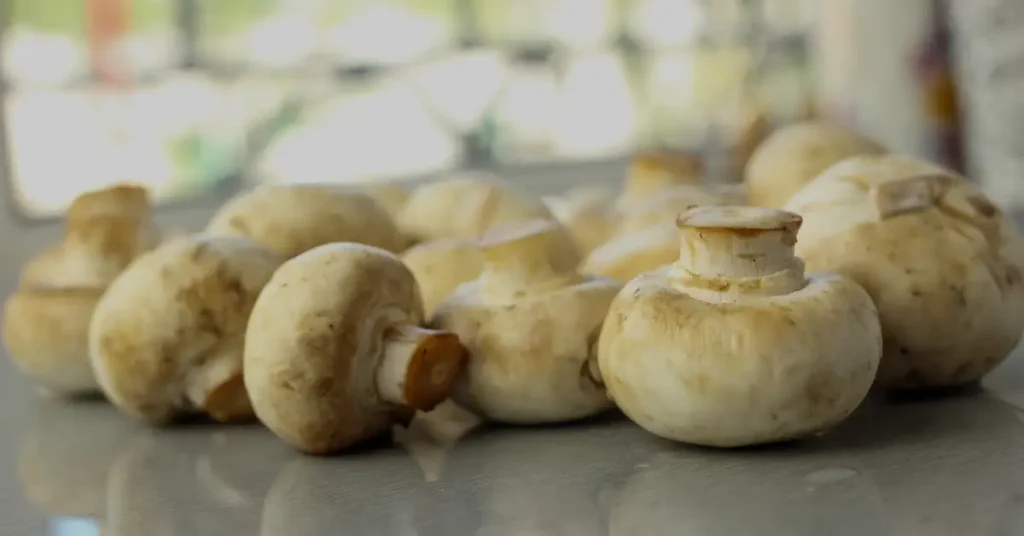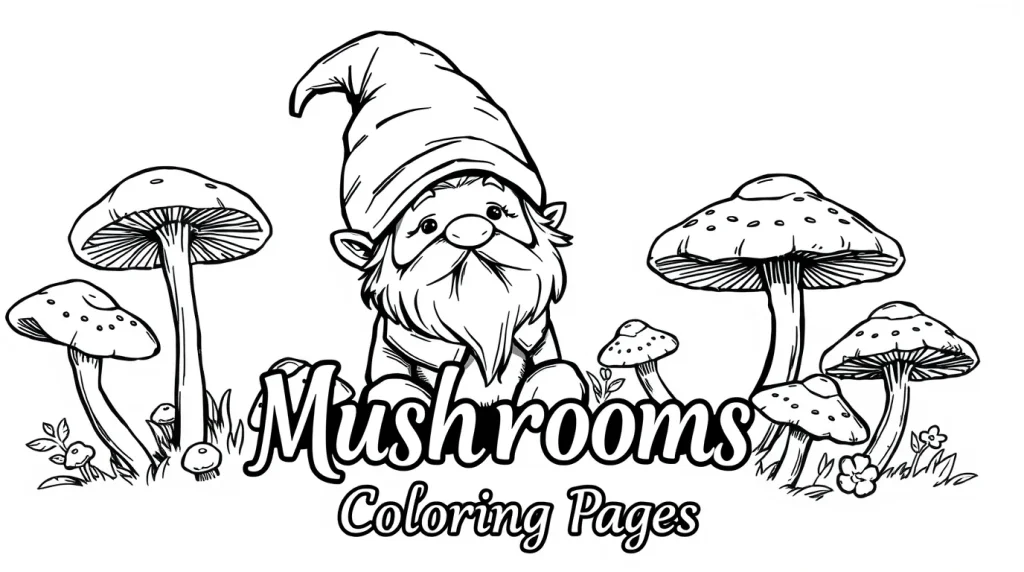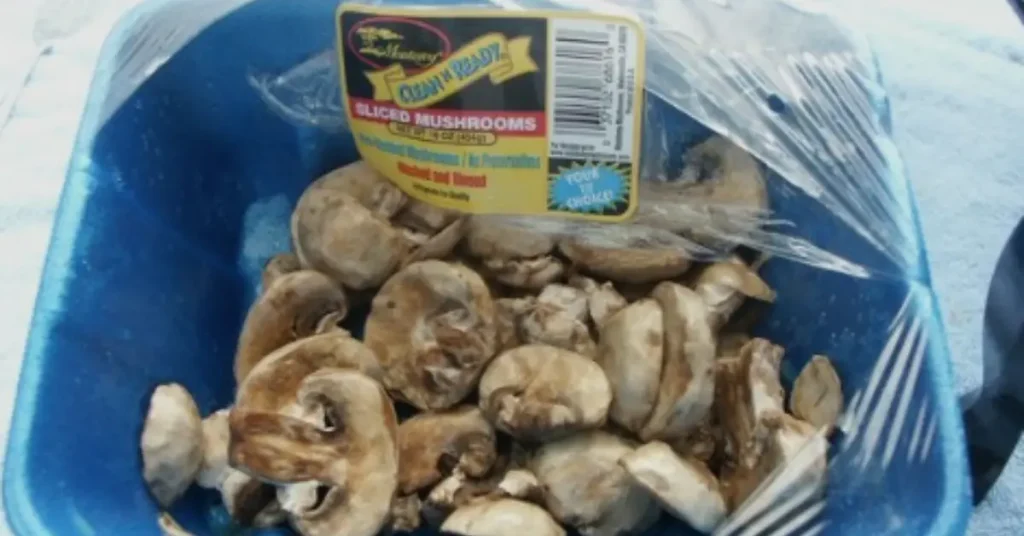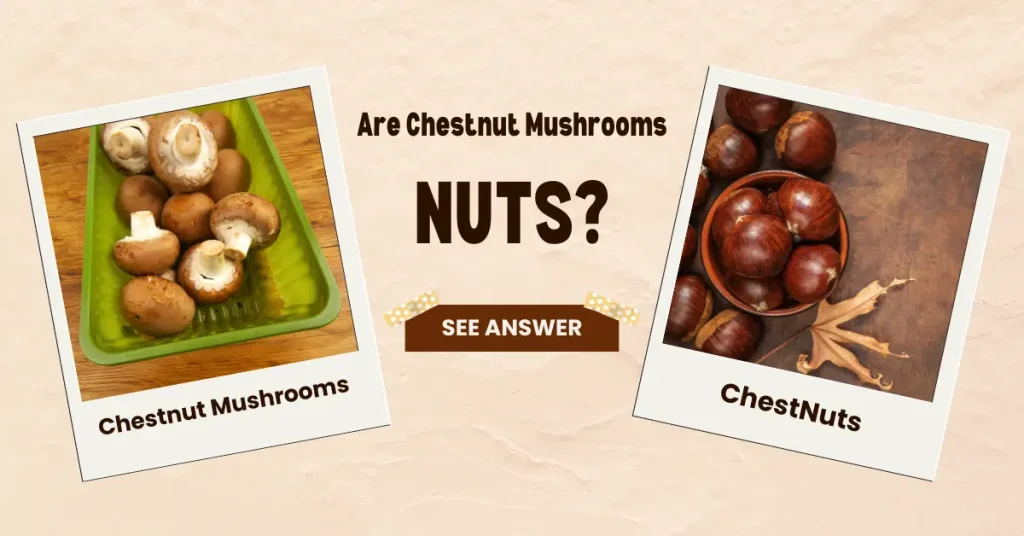How To Dry Chestnut Mushrooms? 3 Ways of Drying
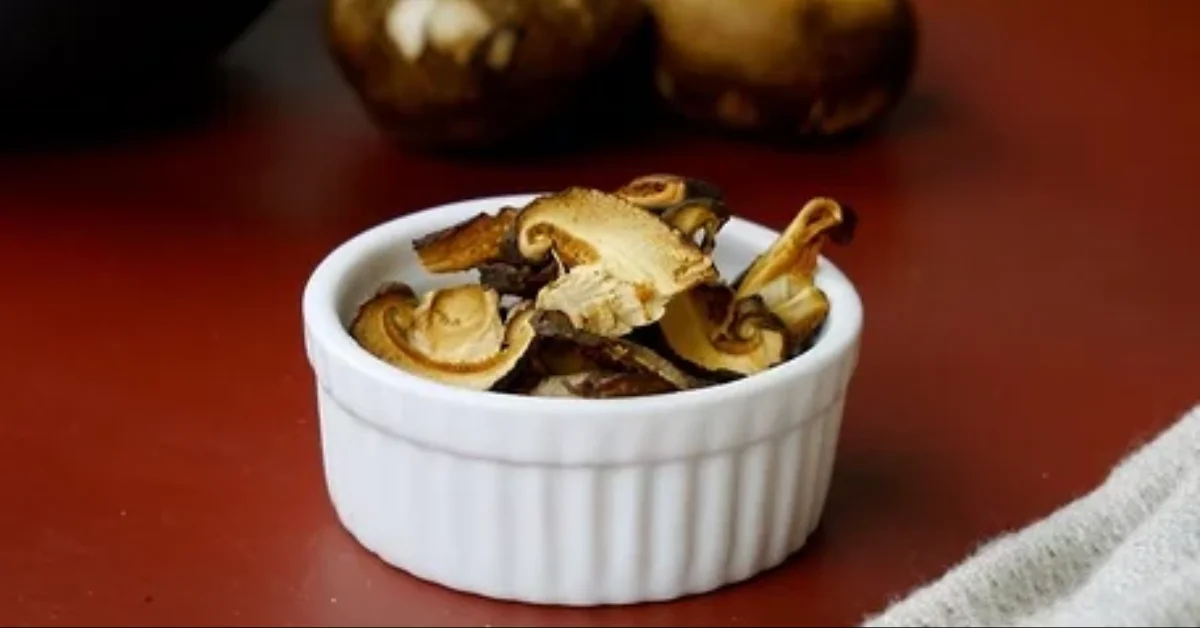
A versatile addition to many dishes, chestnut mushrooms are known for their earthy aroma and firm texture. Their versatility makes them an ideal ingredient for a wide variety of dishes, from hearty stews to gourmet pastas. Their fleeting freshness often leaves us craving more. What if you have a plentiful harvest or find them on sale? Drying chestnut mushrooms is a traditional method that transforms these mushrooms into a taste sensation available all year long.
Normally, dried mushrooms can be stored for up to a year and, after rehydrating, can be used just like fresh mushrooms. Thus, you can always add some umami flavor to your dishes. In this guide, we will examine various methods of drying chestnut mushrooms to achieve the best results.
Why Dried Mushrooms
Mushrooms are dried to concentrate their flavor. Compared with fresh chestnuts, dried ones have a stronger earthy flavor, contributing a greater depth of flavor to your meals. This is particularly helpful for sauces, soups, and stews that want a strong mushroom flavor. Typically, chestnut mushrooms have a short shelf life, lasting only a few days. You can store them for up to a year after drying them. Even when fresh chestnut mushrooms aren’t available, dried mushrooms provide a convenient way to enjoy their taste.
They contribute greatly to the flavor of vegetable stock by adding a meaty taste. Also, they can be used to make Japanese dashi stock, and for Korean stews such as Soondubu. The lightweight and compact nature of dried chestnut mushrooms makes them ideal for backpacking or camping trips. Moreover, they require minimal preparation – just rehydration before use. It makes them a perfect option for busy cooks who wish to add flavor to their meals.
How to Dry Mushrooms?
Remember, when mushrooms are beyond their optimal shelf life, they don’t store well and can smell “off” in the dehydrator. Choose fresh mushrooms grown locally whenever possible to support local agriculture and reduce your carbon footprint.
Break the stem from the cap to check for freshness. When the stem breaks off, you should feel (or even hear) a snap. Your mushroom may not be dehydrated if it feels rubbery or slimy, bends rather than breaks, or develops dark brown or black spots.
Preparing Chestnut Mushrooms for Drying
To prevent contamination, make sure you clean and sanitize your counters, equipment and hands before preparing your mushrooms.
Cleaning Chestnut Mushrooms

- Gently remove soil and debris with a soft brush, mushroom knife, cloth or using a small clean paintbrush.
- Foraged harvests may contain a few insect nibbles, ensure that the mushrooms are free of insects. Simply remove any affected parts.
- Mushrooms purchased from the store can be gently wiped with a damp cloth or paper towel. To prevent moisture absorption and sogginess, do not soak them.
Trimming
Make sure all discolored or slimy parts are removed. Trim the stem ends if they seem dry or tough. Remove tough and stalky stems. Cut them off with a paring knife or tear them by hand.
Slicing and Dicing Chestnut Mushrooms
Even drying requires consistent thickness in your slices. You can adjust the thickness of slices according to your preferences. As thin slices dry faster, they may become brittle, whereas thicker slices retain a greater degree of texture. Depending on the intended use, you can slice in julienne, thick strips, or coin-shaped slices.
You can achieve the desired thinness by using a mandolin or sharp knife. To prevent bruising or breaking, handle mushrooms with care. Prepare a sharp knife and slice the mushrooms into 1/4″ slices. It is also possible to dice the mushrooms into small pieces if that is more convenient for you.
How To Dry Mushrooms
How to Air Dry Mushrooms
- In sun drying method, air drying is all you need to do. Choose a well-ventilated area with warm temperatures and low humidity. Direct sunlight is beneficial but may cause discoloration. Airy rooms and screened porches are ideal.
- Place the mushroom slices on a clean cotton string, leaving space between them. Place them on a mesh drying rack or a clean colander elevated on a plate to allow air circulation from all sides. Arrange mushroom slices on clean trays or screens. To prevent insects and debris from getting in, cover them with fine mesh or cheesecloth.
- Check mushrooms daily. Make sure the trays are rotated periodically to ensure even drying. It can take several days to complete this method. During humid weather, you might need to bring them inside to a well-ventilated area to prevent spoilage. Be careful and look for any signs of mold growth, which indicates improper drying. Immediately dispose of moldy mushrooms.
- After completely drying, they do not give when squeezed and snap easily when bent. They can be stored for up to one year in a cool, dry place.
Drying Mushrooms in Oven
Preheat the oven: Make sure your oven is set to its lowest setting, between 150°F (65°C) and 170°F (77°C). Prop your oven door slightly open with a wooden spoon if your oven doesn’t have a low-temperature setting.
Arrange on baking sheets: Slice the mushrooms and place them on a wire rack or parchment paper to ensure that they get good air circulation. For best results, use the convection setting.
Drying Time: Remember, factors such as temperature and humidity can affect drying time. It typically takes 4-6 hours, but be sure to check on the mushrooms often. To ensure even drying, flip them occasionally. Mushrooms are dry when they become brittle and snap easily.
Drying Mushrooms in Dehydrator
An easy to go method is drying mushrooms in dehydrator. By using this method, you can ensure that store-bought mushrooms in your refrigerator don’t spoil before you consume them.
The first important thing after cleaning the mushrooms is slicing the mushrooms. Thicker slices will take more time to dry. Slice mushrooms that are between 1/4 to 1/2 inch thick. It all depends on preferences, if you like thicker one, go with thicker slices.
Tray placement: Make sure none of the mushrooms touch or overlap each other when you arrange them on the dehydrator trays. By doing this, their airflow will be maximized, resulting in a faster and more even drying process. Some areas may retain moisture if they touch or overlap.
Drying: Dehydrate the sliced mushrooms at 110 degrees Fahrenheit until they are crispy and dry (or follow the instructions that come with your dehydrator). For 1/4-inch slices, it takes 4 to 6 hours and for thicker slices, it may take up to 8 hours. Dry mushrooms should be cooled completely before storing.
Precise control: The temperature and airflow of an electric food dehydrator can be controlled very precisely. You should consult your dehydrator’s user manual for the optimal settings.
How to Store Dried Chestnut Mushrooms?
Residual moisture can lead to mold growth. Place dried mushrooms in an air-tight container or vacuum-sealed bag, protect them from moisture and light and store them in a cool, dark place such as your pantry. Use airtight containers made of glass, ceramic, or stainless steel. Avoid using plastic containers because they can trap moisture.
Dried mushrooms are prone to absorbing humidity, which can lead to spoilage or mold growth, so make sure to check the container for any signs of moisture. The optimal flavor and quality of dried mushrooms can be preserved for up to a year or longer if properly stored. Using these storage practices will ensure that dried chestnut mushrooms remain fresh and of high quality for years to come in your culinary creations.
Rehydrating Dried Mushrooms
You can rehydrate dried chestnut mushrooms when you’re ready to use them. Select the desired quantity of dried mushrooms and gently clean them if necessary.
Soaking:
Cover the dried mushrooms with hot water in a bowl. Let them soak for 20-30 minutes or until plump and hydrated.
Simmering:
You can add the dried mushrooms directly to your dish and simmer them for 10-15 minutes in the broth.
What Can You Do with Dried Chestnut Mushrooms?
Adding dried chestnut mushrooms to a variety of dishes enhances the flavor and versatility of the dish. Dried mushrooms can be used in a variety of creative and tasty ways.
Mushroom Broth: You can rehydrate dried mushrooms by soaking them in warm water, followed by using the soaking liquid for a rich mushroom broth. Adding it to mushroom soup, risotto, or sauces will give them an intense savory taste.
Mushroom Sauce: Rehydrated and sliced dried mushrooms can be fried with garlic and herbs to create a decadent mushroom sauce for pasta, steak, or poultry. Add cream or butter after deglazing the pan with white wine.
Mushroom Stuffing: Make the most of the holiday season by incorporating rehydrated and finely chopped dried mushrooms into your stuffing recipe.
Mushroom Omelet: To use as a filling for omelets or scrambled eggs, fry rehydrated dried mushrooms and onions. Enjoy the intense mushroom flavor in your breakfast.
Mushroom Risotto Balls: During cooking, roll leftover mushroom risotto into balls, stuff them with cheese and coat them with breadcrumbs.
Mushroom Dips: To make a savory dip for vegetables or chips, mix rehydrated dried mushrooms with sour cream or Greek yogurt and season with salt and pepper.
Conclusion
Drying chestnut mushrooms preserves their flavor and extends their shelf life. You can enjoy the rich taste of dried mushrooms all year long, whether you forage for edible mushrooms in the forest or select the best shop-bought chestnut mushrooms.
Whether you’re making a hearty soup, risotto, or mushroom-infused sauce, no matter what you’re cooking, dried chestnut mushrooms hold the key to elevating your dishes to great heights.
Dry Mushrooms for later use.

Hi, I am Nazish Arif. I am a Food Scientist. On this Blog, I do share insights about Chestnut Mushrooms, Mushrooms Recipes, along with information of other mushrooms as well.

